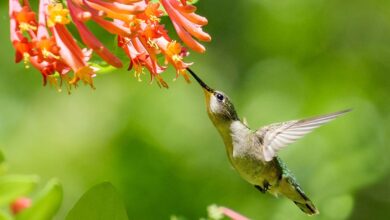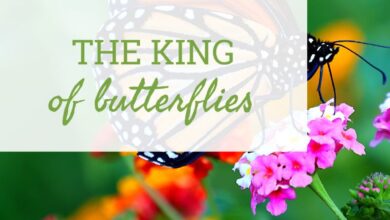Spot Common Flower Pests And Diseases To Save Plants

[ad_1]
Learning more about common flower pests and diseases and their symptoms can help gardeners quickly diagnose plants and develop an appropriate plan of action. One of the worst things about seeing seemingly healthy blooms fall and fail is that feeling of panic and uncertainty. Faced with the prospect of multitudes of possible flower pests and diseases, how do you narrow it down to a few likely suspects?
Though not always a cause for alarm, sudden changes in the appearance of plants can be a source of worry. Below, we will explore various types of plant pests and diseases that growers are likely to encounter and how to proceed.
Why is My Plant in Trouble?
Plants can begin to show signs of trouble for a variety of reasons. Understanding each potential cause is key for a proper diagnosis. Cultural conditions that have not been adequately met often cause plants to begin to show signs of stress.
Factors such as moisture, temperature, light and even soil fertility all play a role in keeping plants healthy. Pests and diseases can also be responsible for decline in a plant’s vigor. Knowing how to identify the most common types of plant pests and diseases will help gardeners to better assess the cause and severity of the problem.
Common Flower Pests
1. Aphids
(Image credit: Boy Anupong / Getty Images)
Aphids are among the most common flower pests. With thousands of species, the small insects feed across a wide range of garden plants. With their sucking mouth-parts, aphids feed on the sap of tender leaves and stems. Severe infestations of aphids may cause foliage to begin yellowing or become deformed.
2. Borers
The term ‘borer’ is used to refer to a variety of insects whose larvae burrow into the stems, branches, stalks, or even roots of plants. Once inside, borers feed on matter, ultimately affecting the plant’s ability to regulate moisture and nutrients. As the pest remains hidden during this portion of its lifecycle, identifying and treating for borers can be extremely difficult.
3. Caterpillars
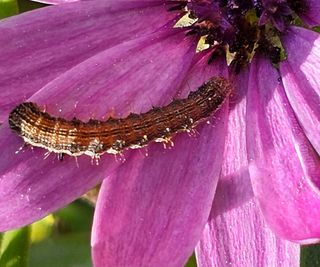
(Image credit: Daniela White Images / Getty Images)
Though technically the larval stage of one of many insect species, nuisance caterpillars are known for their ability to quickly and efficiently defoliate plants. This group also includes cutworms, which are known to attack plants directly at the soil’s surface. Fortunately, the presence of caterpillars can usually be controlled easily through hand-picking and/or other organic means.
4. Japanese Beetles
Japanese beetles are a major nuisance pest throughout much of the United States. Each summer, iridescent beetles gather in large numbers to feed on bedding, ornamentals and edible crops. Though severe infestations seldom lead to the loss of plants, the pests are able to consume the foliage of large specimens quickly. Japanese beetle control can be achieved through the use of preventative sprays, pheromone traps, and an assortment of other techniques.
5. Thrips
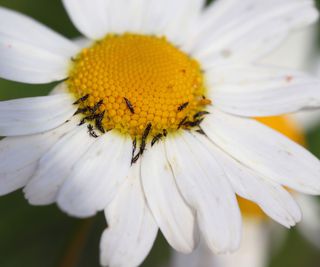
(Image credit: Tomasz Klejdysz / Shutterstock)
Similar to aphids, thrips are a small insect that feeds on the sap of plants. Infected leaves are likely to first show signs of thrip damage in the form of chlorosis or the development of small yellow spots. Thrips may also play a role in the spread of disease from one plant to another.
Common Flower Diseases
1. Blight
Various types of blight are among the most common diseases of flowers. Fungal and bacterial pathogens are spread to the plant by water and/or by feeding insects. Discoloration and the development of lesions are often among the first signs of infection. As the disease progresses, gardeners can expect a rapid decline in plant health, leading to its loss. All matter infected by blight should be removed from the growing space immediately.
2. Leaf Spot
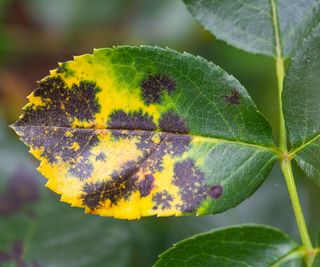
(Image credit: ChWeiss / Shutterstock)
Identifying leaf spot diseases can be difficult, as spotting is a symptom of different problems. Most cases of leaf spot are caused by a fungal infection. Dark spots, surrounded by a thin yellow margin, are most likely to occur under relatively wet conditions or high humidity. Leaf spot is one of the most common diseases of flowers.
3. Rot
In many instances, rot is considered to be an advanced symptom of disease. This means that infection has progressed to the point that the plant’s vital processes have been impacted. However, it may also occur where conditions for growth are less than ideal. This includes soils that drain poorly or remain waterlogged for extended periods of time. Growers hoping to save plants that have started to show signs of rot disease will need to act posthaste, as time is of the essence.
4. Powdery Mildew
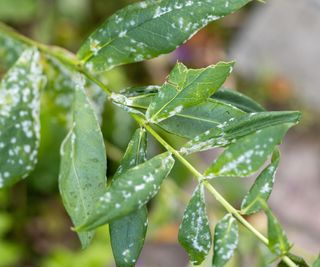
(Image credit: S.O.E / Shutterstock)
Among the most common flower diseases, various types of mildew can also be found in edible spaces. In the case of powdery mildew, pathogens settle onto the leaves of plants, where they continue to grow. Soon, the entire surface is covered in a white, dust-like film. Though some mildew types will only affect the outer appearance of plants, those like downy mildew, can quickly lead to their demise.
5. Wilt
While most are familiar with wilt as a result of a lack of water, its cause can also be related to both insects and the presence of pathogens. Borers and other pests that directly impact the plant’s vascular system are of special concern. Wilting that occurs over a prolonged period of time is likely the result of disease. Wilt diseases include bacterial leaf scorch, fusarium wilt and verticillium wilt.
Frequently Asked Questions
Which Are The Biggest Viral Diseases For Flowers?
Determining which viral disease is the biggest issue in flowers can be difficult, and varies by region. Infections like tobacco mosaic virus and cucumber mosaic virus have been shown to affect several garden species, including ornamental and edible crops. When considering common flower pests and diseases, these viral diseases can crop up frequently.
Which Are The Biggest Bacterial Diseases For Flowers?
Like viral diseases, the most prominent bacterial diseases in the garden will vary. However, instances of bacterial wilt, leaf spot and blight remain amongst the most common bacterial infections that can occur in your backyard or garden.
[ad_2]
Source link



